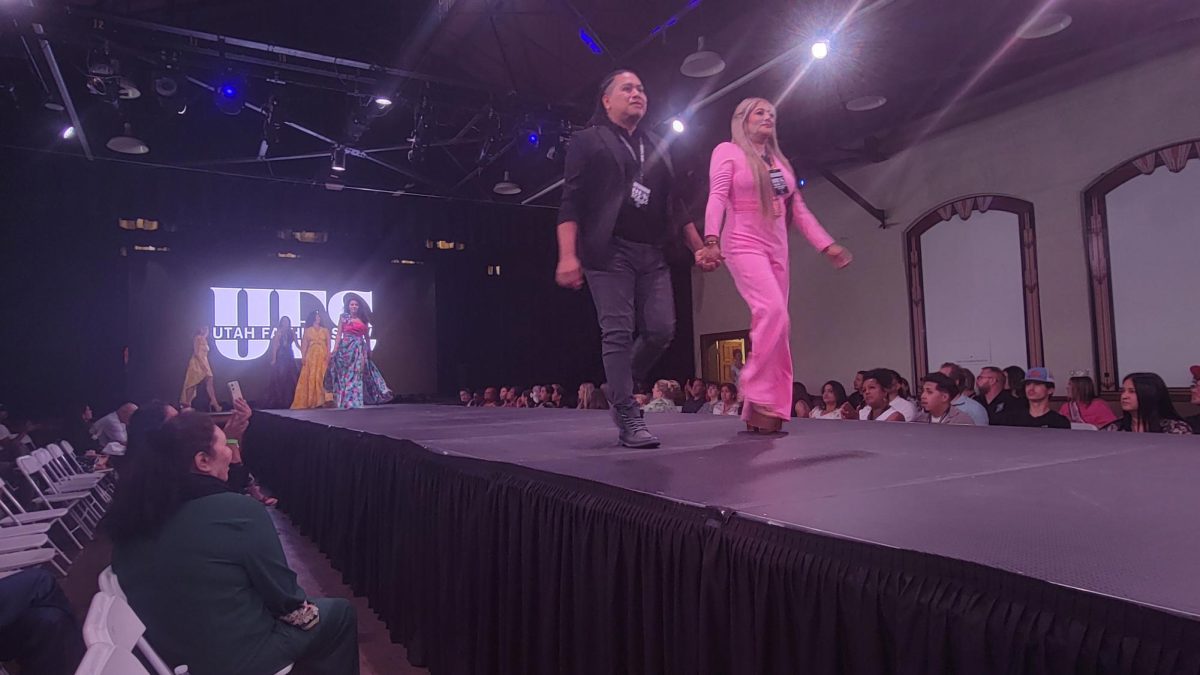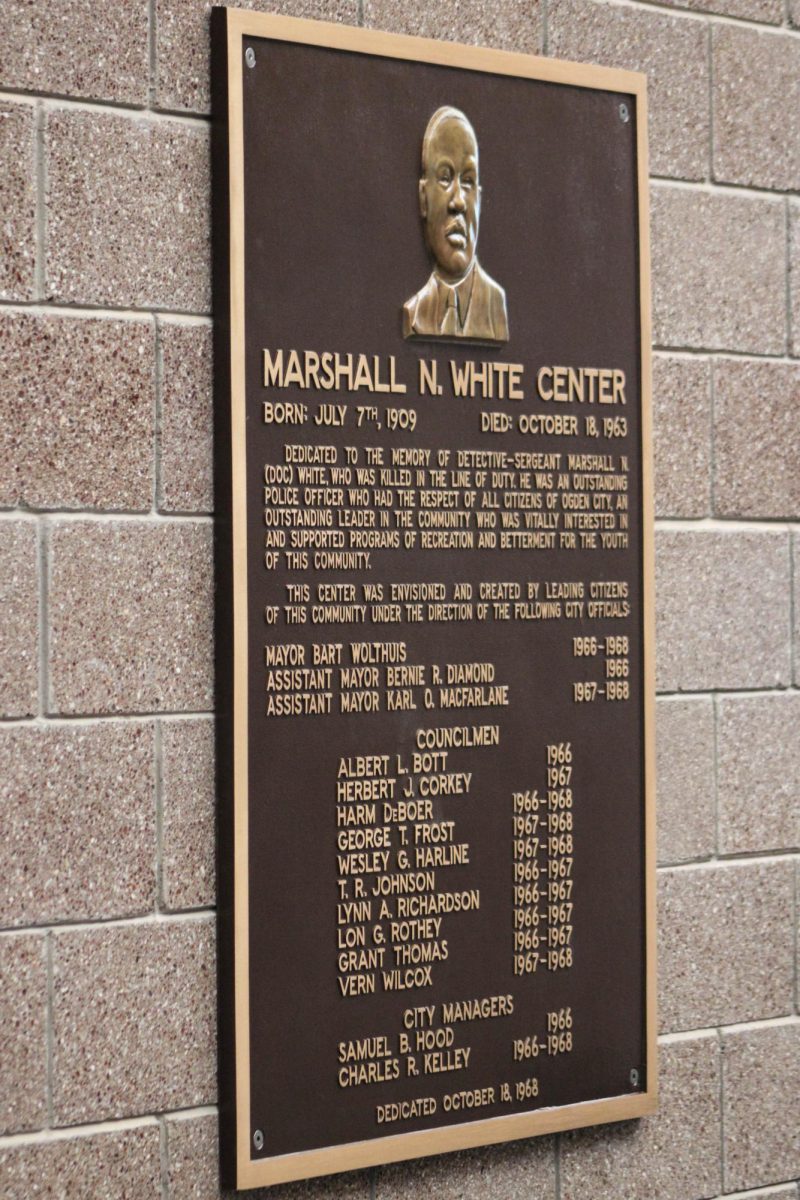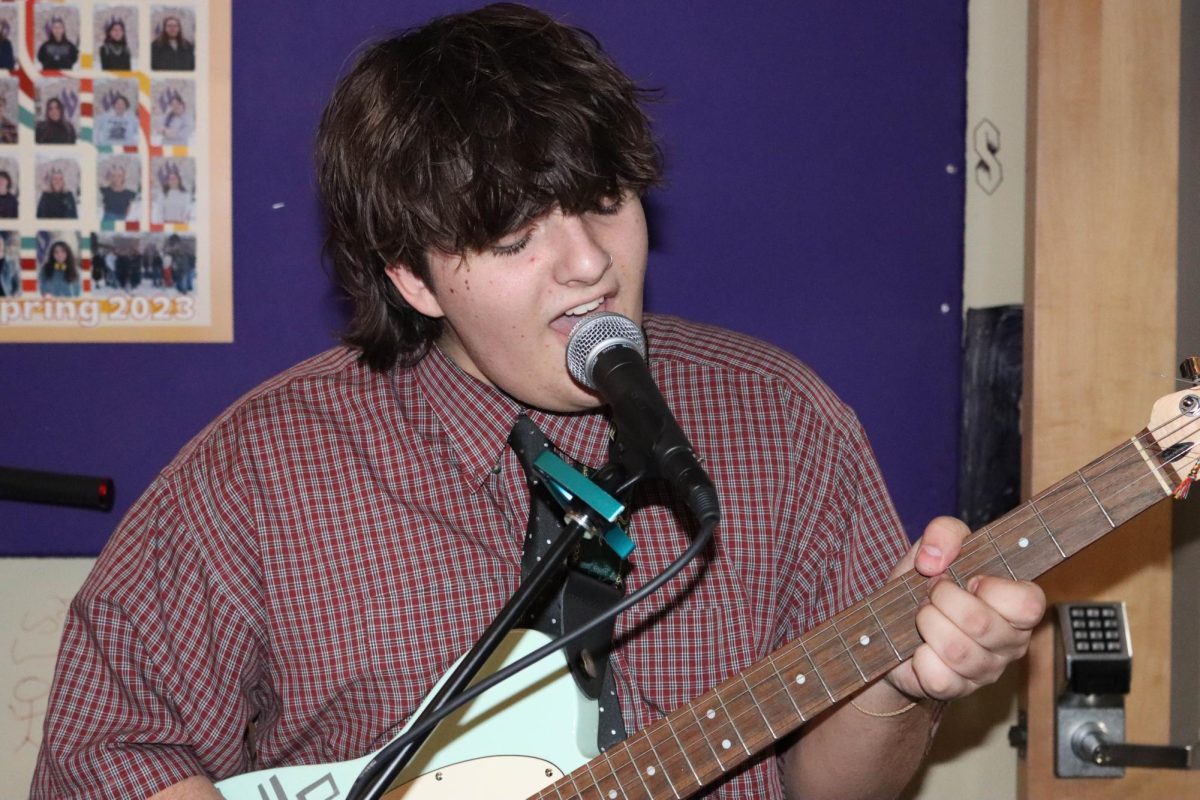
“A child’s world is fresh and new and beautiful, full of wonder and excitement. It is our misfortune that, for most of us, that clear-eyed vision, that true instinct for what is beautiful and awe-inspiring, is dimmed and even lost before we reach adulthood.” — Rachel Carson
Keeping scientific curiosity alive beyond childhood is a main objective for Science in the Park, a program being run by Adam Johnston, professor of physics and science education at Weber State university. The program, started in 2007 on a grant from NASA that stipulates science outreach, spends summer weekdays bringing hands-on, instruction-light science demonstrations to children attending free lunch programs at Ogden parks.
“When you drive through Ogden in the summer, you see hundreds of kids in the parks. So it became clear: if they are already there, why not bring the science to them?” Johnston said. The free lunch in the parks program became the inspiration. “What is playful, what can we do outside, what can we do with kids who are already there?”

The emphasis is on fun, directly interactive exhibits in which children can get as much—or as little—guidance as they wish. Kids are encouraged to discover what is interesting about each exhibit in their own way, at their own pace.
The lunch program brings a good number of people to the park, and the atmosphere is “Carnival-esque” as Johnston put it.
Each day of the week is dedicated to a different experience. “We basically take activities that the kids can engage with, they can play with, where each day of the week fits a different theme. And they get to just ‘muck around.'” Johnston said.
See-It Monday is for the visual, so lenses are used to create prisms and focus lights. Hear-It Tuesdays incorporate various types of noise makers and noise detectors. Build-It Wednesdays are for creating and assembling. Rockets and motors make up Move-It Thursdays, and

Feel-It Fridays explore various types of textures.
The themes are meant to provide some structure, but the structure is not as important as the participation and creativity the children bring to the program.
Participants could be seen wandering between exhibits, talking, playing with and helping each other use the noise making “toys” or poking with fingers and staring in wonder as a demonstration involving a thin paste of water and powder on a cellophane covered bass speaker changed from a semi-liquid into a dancing semi-solid.
Student volunteer Cody Osguthorpe ran an exhibit involving wineglasses filled with different amounts of water to elicit different tones when rubbed. “I think it’s cool because the kids can experiment with it, get a feel for it,” said Osguthorpe.
“I think it’s awesome. The kids like it, and I can bring my kids, and they have a blast,” said Annie Johnson, another student volunteer.

Parents and caretakers, too, are engaged, as they follow their kids from exhibit to exhibit. Karen, a daycare worker accompanying her students to the park, spoke on the lasting effects of the program. “We come every week, on Tuesdays,” she said. When asked if the children want to keep experimenting when they get back to their class, she was emphatic. “They do!”
This sentiment was echoed by Ms. Verhall, a parent attending the program. “This is the second time we’ve come,” she said. “They (her children) really like the things they can take home.”
“They like to show their friends, show their dad, ” said Jenna Arnold, another parent at the park.
The expressions and enthusiasm of the children in attendance confirm that Science in the Park is living up to its mandate.













